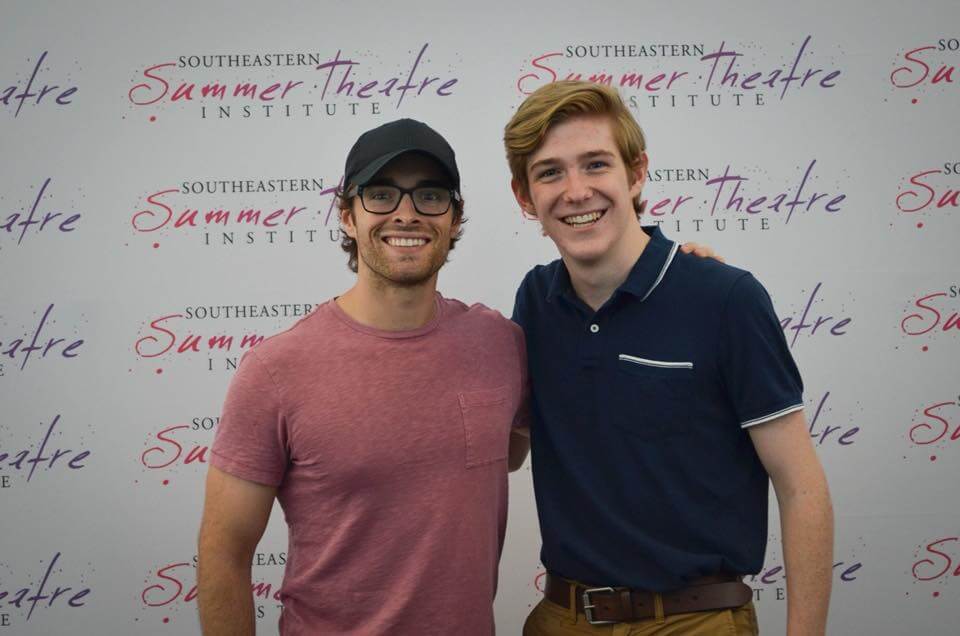Camas, WA — At Monday’s Camas School Board Meeting, Jason McEathron, Director of Business Services for the Camas School District (CSD), addressed the $3.2 million budget deficit the district faces in this current school year, and his plans to form a budget committee to resolve the issue.
“The anticipated budget deficit is $3,212,141 by end of this school year,” said McEathron. “Expenditures are also trending above our initial budget. Labor costs are higher than expected at $4.9 million.”
He said the fiscal issues are primarily a result of the new funding model mandated by the State Legislature — issues that CSD has been open about for months.
Other contributing factors are headcount (which is 2.7 percent higher than budgeted) and Running Start (which is 25.5 percent higher than budgeted).
CSD warned in August that a 3.1 percent teacher pay raise would create deficits, and likely cause layoffs in 2-3 years. Teachers received 9.3 – 12.6 percent pay increases in their negotiated settlement, which last for two years.
At the time, Camas Education Association (CEA) negotiator, Mark Gardner, called it “a scare tactic by the District.” CSD Superintendent Dr. Jeff Snell defended the numbers and has been meeting with schools and the public for months alerting them of the projected deficit. The new funding model cuts the CDS levying capacity by 50 percent, which will result in a nearly $5 million loss within 12 months.
McEathron said expenditures currently outpace revenues, but this is typical during start-up of a new school year. A full end-year report is due by the end of this week.
“We are looking for other areas to sharpen the pencil to adjust the budget,” said McEathron. “We will work to shrink the deficit down. We can’t dip into fund balance because that’s not sustainable.”
To address the deficit, McEathron is creating a public budget committee.
“So, we really want to have a budget committee that involves stakeholders,” said McEathron. “Let’s shed the light on this and let’s work together as a community. We will do this together.”
He said other similar districts across the state are dealing with these same issues. The state is currently $600-900 million short of fully funding education statewide, and that will hit in the 2019-20 school year.
The district will be on the front end of dealing with the state budget, and will work with OPSI, the Governor’s office, and the Legislature, which McEathron said is dealing with a McCleary hangover.
State Representative Brandon Vick, LD-18, responded to the issue in a private interview at the Camas Youth Advisory Council Candidate (CYAC) Candidate Forum.
“The Legislature feels we’ve done our job by fully funding education as mandated by the Supreme Court,” said Vick. “There isn’t much appetite right now to address this. I voted against the bigger McCleary law because I knew it would cause this problem, but I did vote for the fix, which we passed earlier this year.”
About 30 minutes later, Vick publicly said the following at the forum:
“We dealt with McCleary. I voted against the first law. McCleary is a big bill. Does McCleary get the job done? The answer is yes. This was a very good piece of legislation. I think what we did made a lot of sense. We funded McCleary to those salary numbers that were recommended.”
Candidates at the forum were asked about McCleary, and several citizens responded afterward that they wished the candidates for the State offices would have had more to say about the issues the legislation is causing.
McEathron expects to have the CSD budget committee started in November.






































